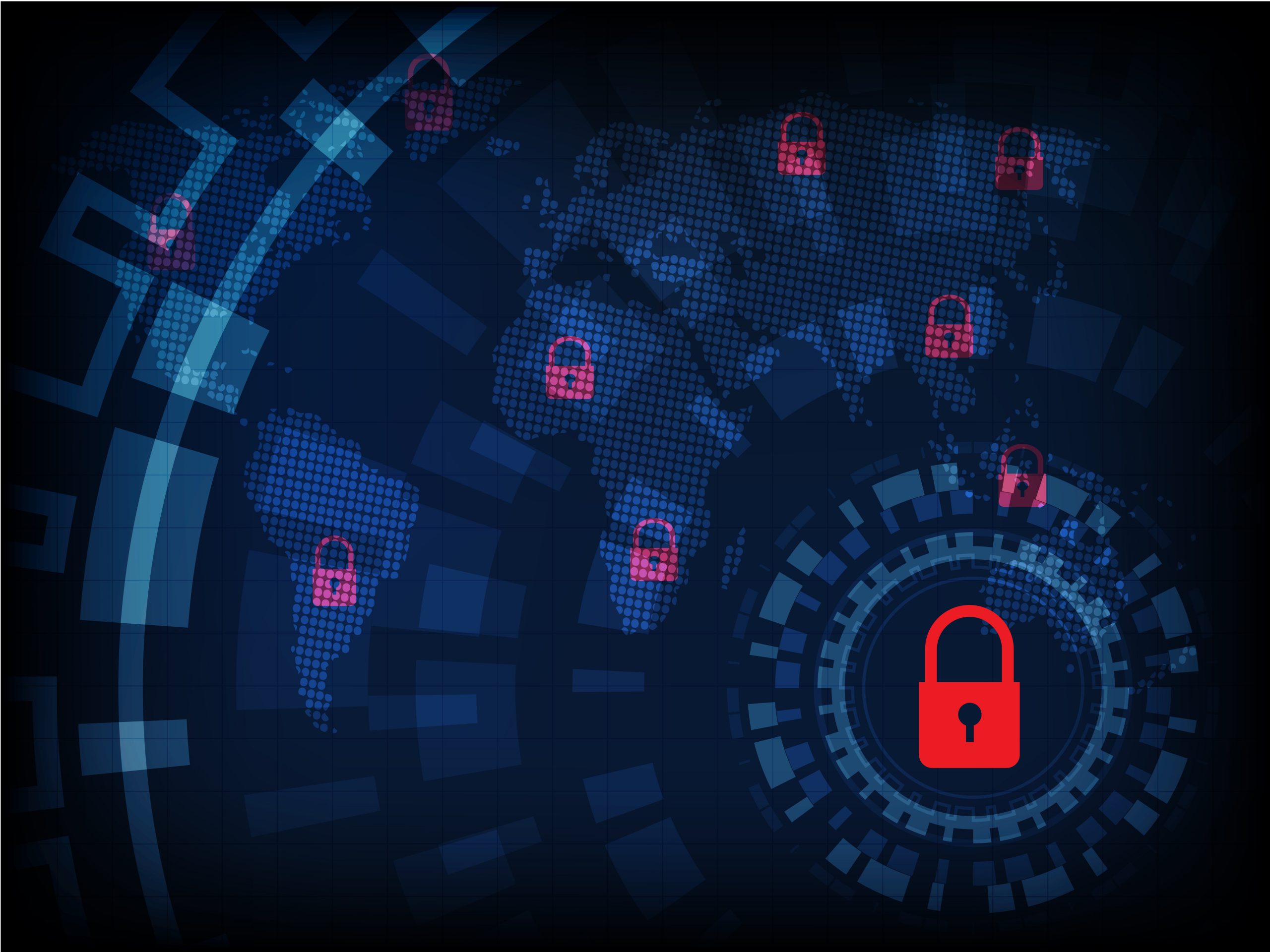Mimecast has announced the publication of its new report, ‘State of Ransomware Readiness: Facing the Reality Gap.’ Over the past year there has been a dramatic rise in ransomware attacks, and while all organisations are a target, large enterprises are bearing the brunt – experiencing an average of 10,000 attacks over the past two years. This new research report is based on a global survey of 742 cybersecurity professionals.
Cybersecurity leaders are facing challenges related to technology, people and processes. The shift to remote work brought on by the COVID-19 pandemic has resulted in numerous new devices to protect, leaving organizations more vulnerable to ransomware through unsecure networks. ‘State of Ransomware Readiness’ found:
- Respondents cited phishing emails with ransomware attachments (54%), web security (47%), and phishing emails leading to a drive-by download (45%) as primary sources of ransomware attacks.
- Only 45% reported they have file backups that would allow them to avoid having to pay the ransom, or to mitigate damage from an attack
- 45% would like budget to fund more up-to-date data security systems
Mimecast research has shown that ransomware attacks are widespread and prevalent: 80% of organisations have been targeted and experienced an average of 3,000 attacks over the past two years, or four per day. Yet, ‘The State of Ransomware Readiness’ found that 77% of executives are confident in their company’s preparedness for ransomware attacks. The contradiction may be a result of:
- 83% of executives believe they can get all their data back without paying the ransom
- Directly contradicts the fact that 39% of organizations paid the ransom
- 77% of executives believe they can bring their company back to a state of normalcy within two to five days
“Ransomware attacks have never been more common, and threat actors are improving each day in terms of their sophistication and ease of deployment,” said Jonathan Miles, Head of Strategic Intelligence and Security Research, Mimecast. “Preparation is key in combating these attacks. It’s great to see cybersecurity leaders feel prepared, but they must continue to be proactive and work to improve processes. This report clearly shows ransomware attacks pay, which gives cybercriminals no incentive to slow down.”










Discussion about this post